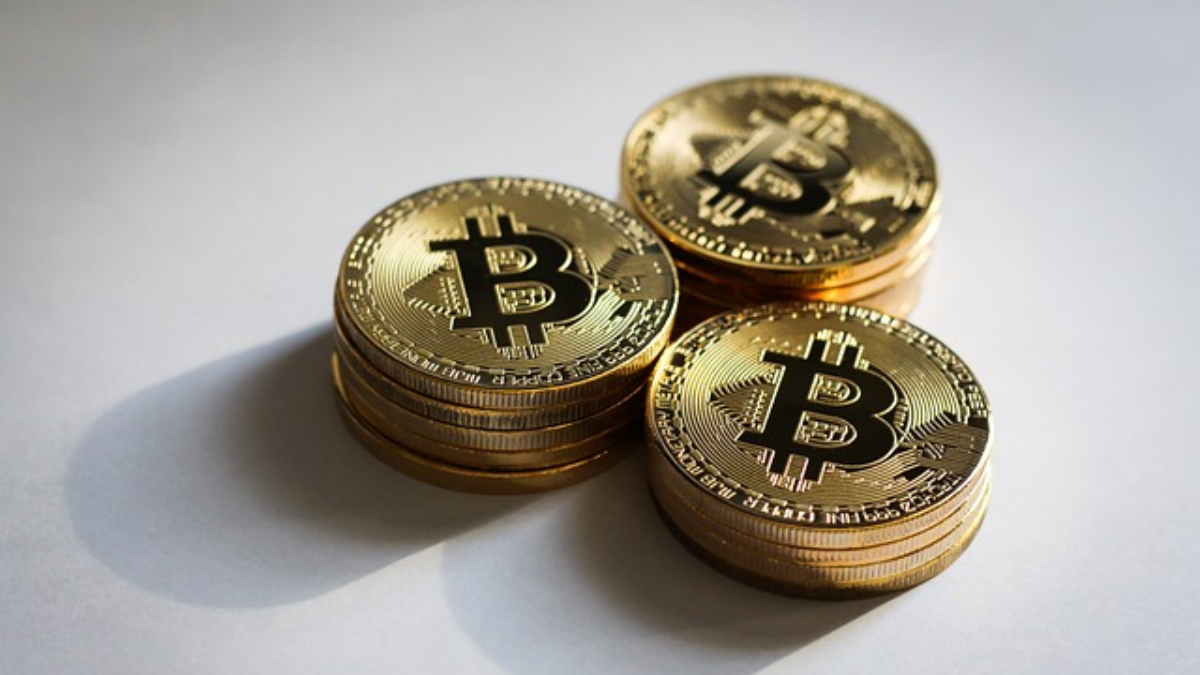
President Donald Trump recently signed an executive order aimed at establishing U.S. dominance in the global digital asset market. The order signifies a bold step toward making the country a leader in cryptocurrency innovation. However, questions remain about whether the promise of a national Bitcoin strategic reserve will materialize as expected.
The order includes provisions for regulatory clarity, user protections, and a working group to explore the creation of a national digital asset stockpile. However, the ambiguous language of the order has left many in the crypto community uncertain about its true implications.
Is a National Bitcoin Stockpile Really on the Horizon?
One of Trump’s campaign promises was to create a strategic national Bitcoin reserve to safeguard the country’s financial future in a digital economy. While the executive order mentions the potential for a “national digital asset stockpile”, the phrasing creates confusion:
- The term “digital assets” isn’t specific to Bitcoin.
- The stockpile could stem from the government’s existing crypto holdings, often acquired through enforcement actions, rather than active trading or purchasing.
- The language suggests the government might hold onto assets it already possesses rather than allocate funds to acquire more.
Why Is This Significant for the Crypto Industry?
The idea of a national Bitcoin reserve has sparked excitement and skepticism:
- Alex Thorn, Head of Research at Galaxy Digital, noted that such a stockpile would likely focus on Bitcoin due to its dominance in the digital asset space.
- Nic Carter of Castle Island Ventures highlighted the legislative hurdles, arguing that passing a law to create a true strategic reserve would be an uphill battle.
Prediction markets like Polymarket also show declining optimism, with the odds of a Bitcoin reserve being established in 2025 dropping from 76% to 61% after the executive order was signed.
How Does the Executive Order Protect Crypto Users?
Despite the ambiguity around the Bitcoin stockpile, the executive order is a win for the crypto industry in several ways:
- Regulatory Clarity: The order lays the groundwork for clearer policies, reducing confusion around compliance and enforcement.
- User Protections: The move includes commitments to protect crypto users from fraud and mismanagement.
- Industry Growth: By rescinding the controversial Staff Accounting Bulletin 121 (SAB 121), the SEC has removed a significant obstacle that prevented traditional banks from acting as custodians for Bitcoin.
Peter Van Valkenburgh, Executive Director of Coin Center, described the executive order as a much-needed step to create better processes and teams for advancing crypto policy.
What Does the Removal of SAB 121 Mean?
The repeal of SAB 121, which classified customer crypto holdings as liabilities on balance sheets, is a game-changer:
- Traditional financial institutions can now step into crypto custody without being penalized by burdensome accounting rules.
- This change encourages banks to integrate digital assets into their services, fostering innovation and increasing trust in the crypto ecosystem.
U.S. Senator Cynthia Lummis praised the move, calling SAB 121 “disastrous” for the banking industry and a hindrance to American innovation.
FAQs
What is Trump’s executive order on crypto about?
The order focuses on making the U.S. a leader in digital assets by providing regulatory clarity, user protections, and exploring the creation of a national digital asset stockpile.
Will the U.S. create a national Bitcoin reserve?
The executive order mentions a “national digital asset stockpile,” but its language is vague, and creating a true Bitcoin reserve may require legislative action.
How does the order benefit the crypto industry?
The order provides regulatory clarity, enhances user protections, and encourages innovation by removing barriers like SAB 121.
What is SAB 121, and why was it repealed?
SAB 121 was an accounting rule that classified customer crypto holdings as liabilities, discouraging traditional banks from acting as crypto custodians. Its repeal opens the door for greater institutional involvement in crypto.
How does this affect Bitcoin’s market value?
Bitcoin briefly dipped following the announcement but recovered quickly, trading near $105,000 late Friday.
What challenges remain for creating a Bitcoin reserve?
Legislative approval is a major hurdle, as creating a true strategic Bitcoin reserve would require new laws.
Which digital assets are likely to be included in the stockpile?
While Bitcoin is expected to dominate, the stockpile could potentially include other assets from government enforcement actions.
Click here to know more.

